

| PROJECT: | SET FOR THE EXHIBITION ABOUT ZENIT & ZENITISM: "IN SEARCH OF A MAN" / "TRAŽI SE ČOVEK" |
| SOURCE: | PROJECT COMMISSION |
| CLIENT: | STUDIO ORANGE |
| SITE: | "O3ON" GALLERY, BELGRADE, SERBIA |
| AUTHORS OF THE SET: | BREDA BIZJAK, SAŠA PANČIĆ |
| AUTHORS OF THE EXHIBITION: | IRINA SUBOTIĆ, SLOBODAN MIJUŠKOVIĆ, STEVAN VUKOVIĆ |
| DATE: | MAY 2016 |
| PHOTO: | SAŠA PANČIĆ |
An exhibition about Zenit and Zenitism
May 19th - June 8th 2016 >> Opening of the exhibition Thursday May 19th
For ZENIT magazine it is said that it was a "traveling gallery".
In the EXHIBITION SET, the gallery surfaces are treated as "paper sheets" covered with informations using the fragments from Micić's covers and texts. 6 gallery planes: walls, floor and ceiling are connected with sentences and quotes as graphic elements. The result is graphic space.
ZENIT – the main forum of avant-garde Zenitism movement and its program ideas was an international magazine of leftist orientation that had a great number of collaborators from Belgrade, Zagreb, Ljubljana, almost every part of Europe, North and South America and even Japan. The magazine had an apparent commitment to the new art which they believed will help make a new man of the twentieth century. Zenitistic activism reflects the antiwar atmosphere after the horrors of World War I, and participates in the aspiration to create an informal international brotherhood of artists gathered around the idea of radical “remeriting of all merits”. In different phases of magazine and movement’s existence there was an active exchange and reception of ideas and experiences with European artistic movements, from Expressionism, Post-Cubism, Futurism and Dadaism all the way to Russian avant-garde and social tendencies. In its leftist orientation Zenit also undoubtedly supported the October Revolution and Marxist ideas. From the first issue Zenit has expressed its sharp critical orientation towards conservative (petty) bourgeoisie state of mind and capitalist society, authority of political government and the church, social injustice and osseous institutions through argumentative and program articles, manifests, prose and poetry. Compelling visual effects, such as the design of the magazine and other Zenitistic issues, reproductions, typographic and graphic solution have reflected that fiery activism. Parallel with the sharp critique of European capitalism and its political and cultural practices that was concisely contained in Micic’s program slogan Antieurope, Zenitism offered its own project called Balkanizing of Europe that was supposed to be conducted by the barbaric genius (deciviliser) “the bearer of unsentimental and raw vitality – pure faith – non-artificial soul – and open and kind heart”.
Although they were marginalized and ignored in their time and areas of origin, Zenit and Zenitism hold an important place on the map of European historical avant-gardes of the twenties.
Writer and critic Ljubomir Micic (Sosice, Jastrebarsko 1895 – Kacarevo near Pancevo 1971) founded and issued the first number of Zenit magazine in February of 1921 in Zagreb. From May 1923 the editorial staff was in Belgrade and it remained there until the magazine was forbidden in December of 1926 because of a text “Zenitism through the lens of Marxsism” by an unknown author Dr. M. Rasinov (most likely Micic himself). There were 43 issues in total.

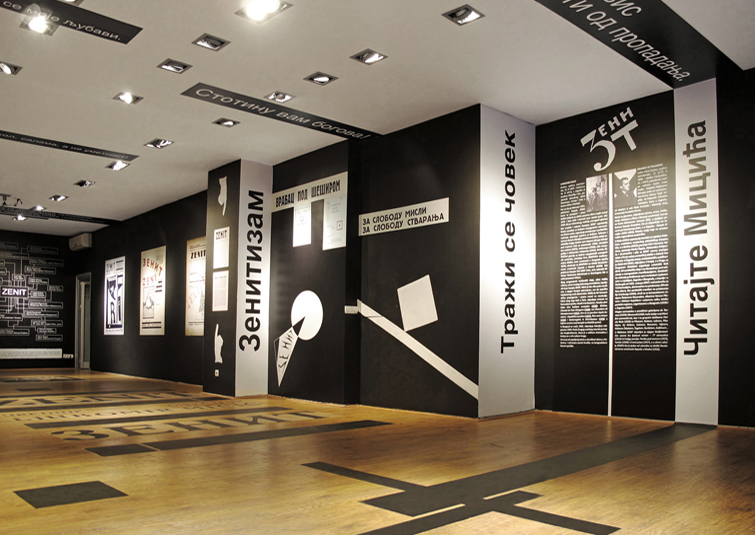
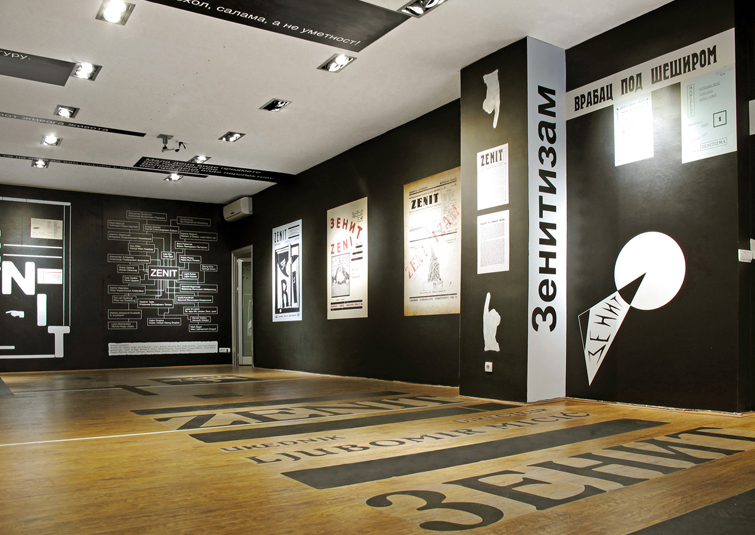
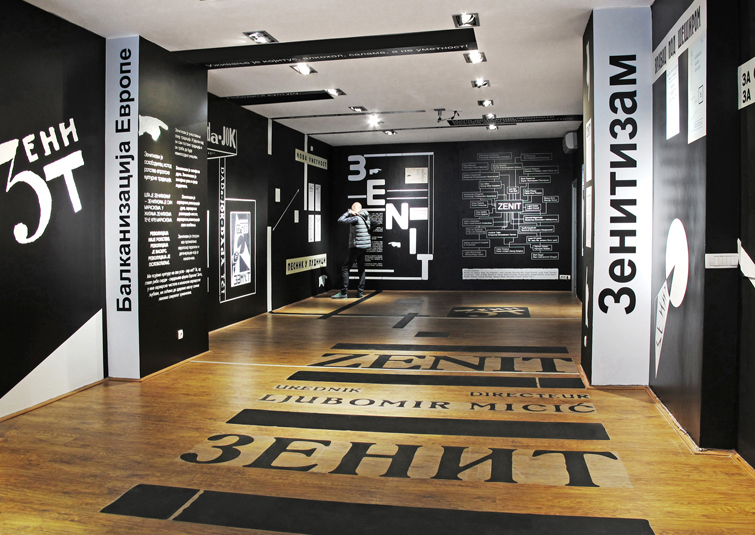
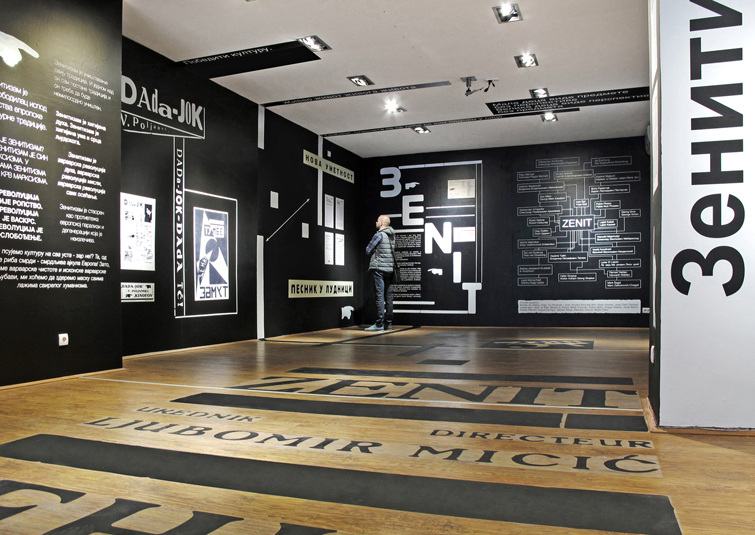
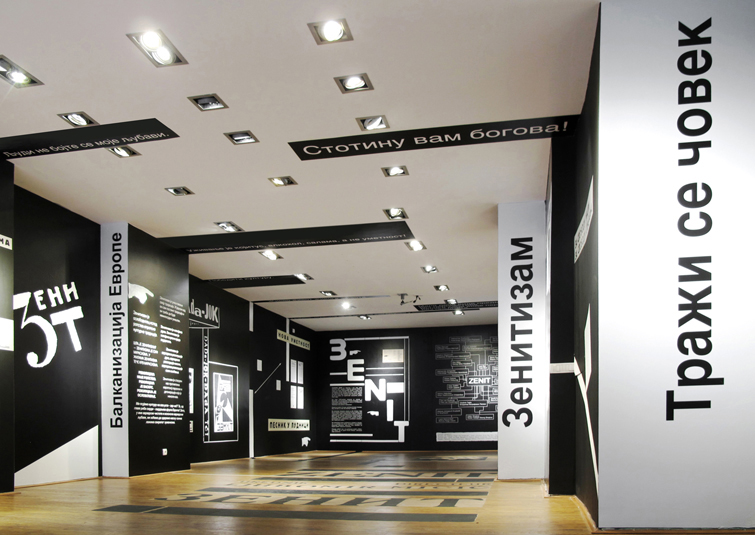
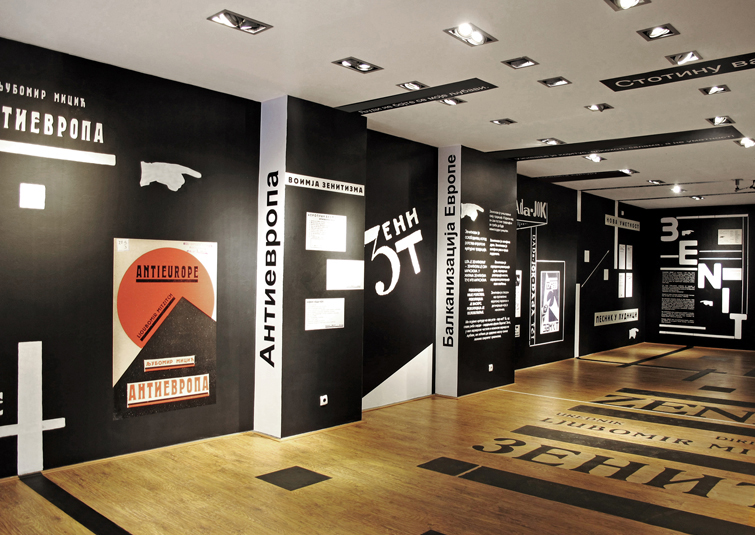
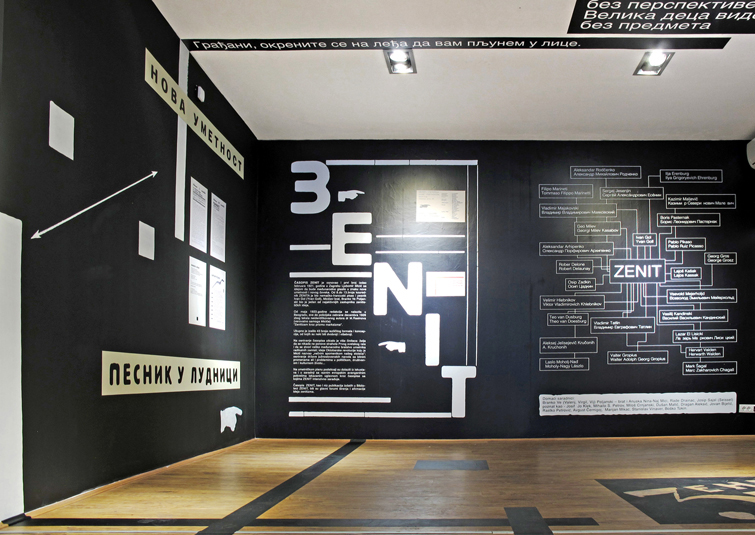
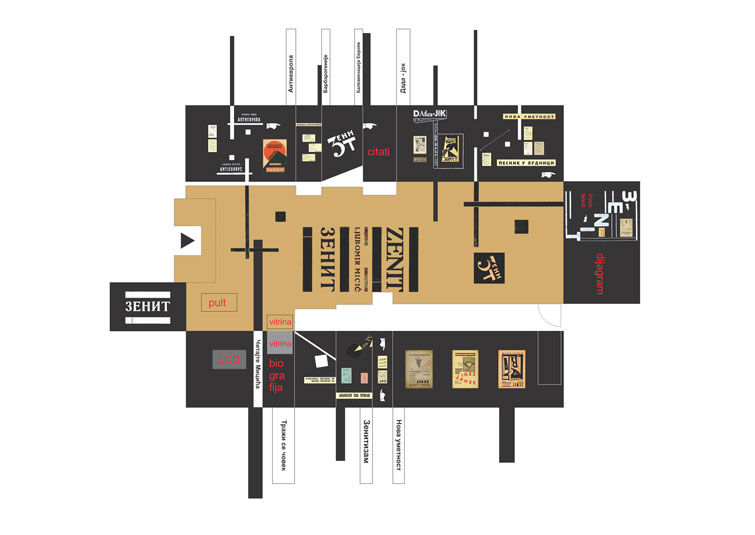
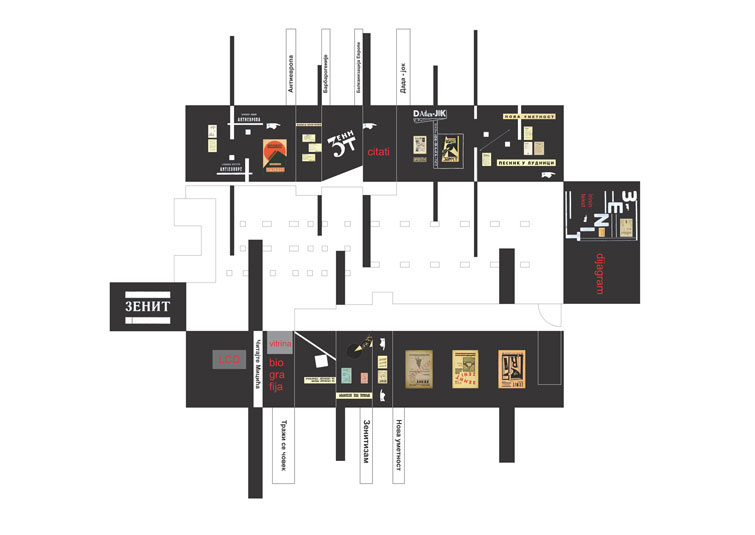

TRAŽI SE ČOVEK | The exhibition Zenit and Zenitism | Gallery O3ON, Belgrade, May 19th - June 8th 2016 | Opening on May 19th at 20:30 pm
>>> more about the exhibition: http://eng.o3one.rs/2016/05/in-search-of-a-man/

